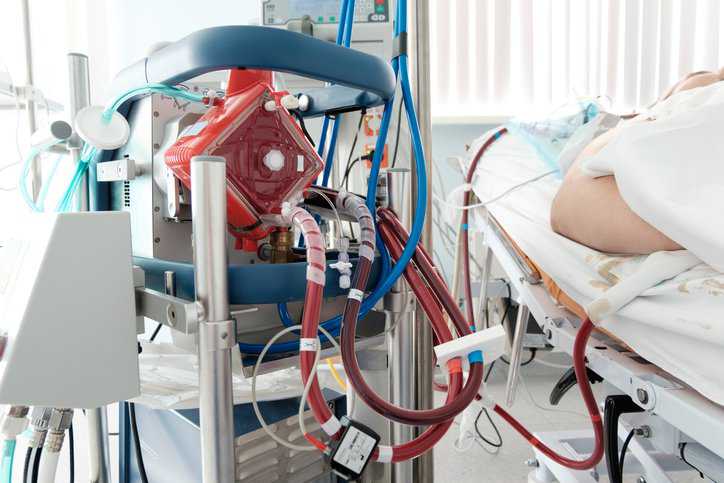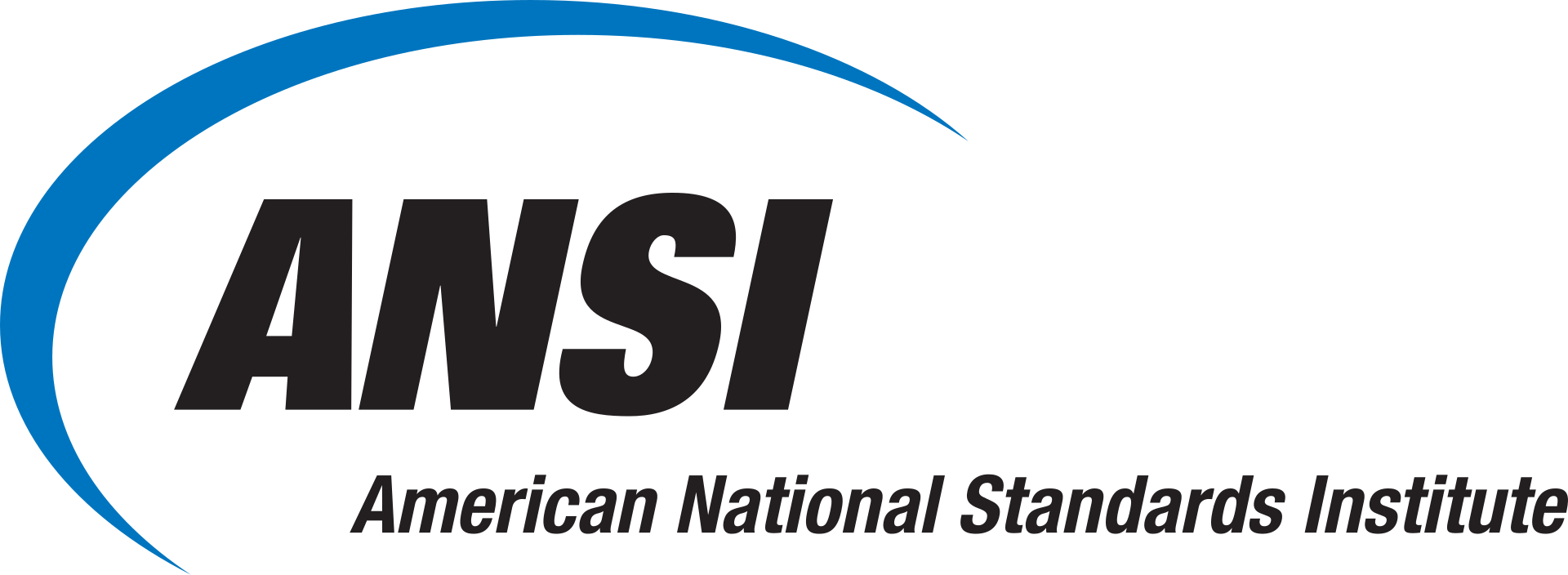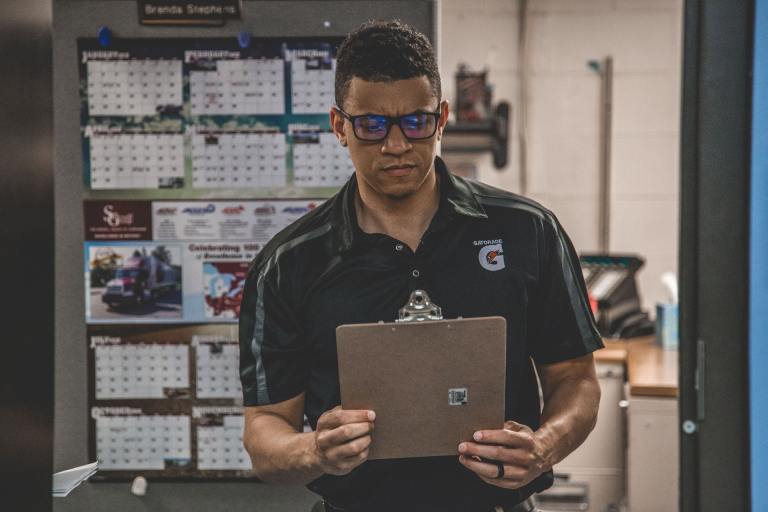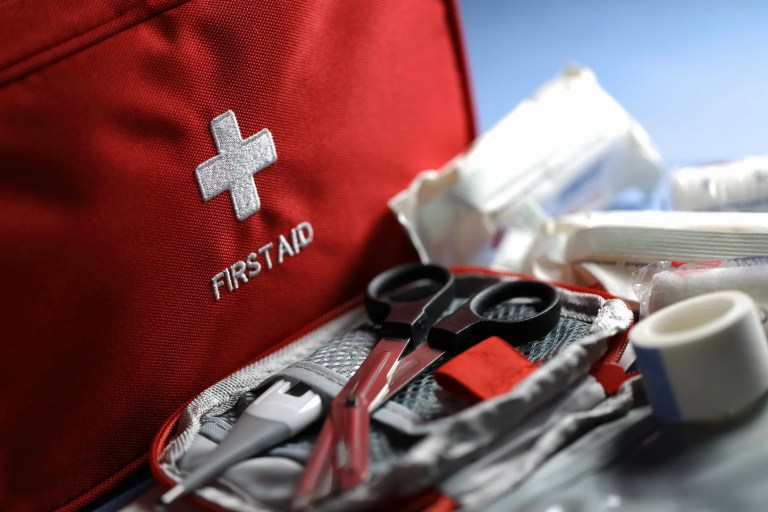ISO 7199:2024—Extracorporeal Oxygenators

Blood oxygenators, also known as artificial lungs, are medical devices capable of exchanging oxygen and carbon dioxide in the blood of human patients during surgical procedures. They are used during surgery and to treat lung failure. ISO 7199:2024—Cardiovascular implants and artificial organs – Blood-gas exchangers (oxygenators) contains procedures to be used for the evaluation of extracorporeal blood-gas exchangers (oxygenators).
Importance of Blood Oxygenators
When combining COVID-19 and related infections, lung disease is now the leading cause of death by disease in America. Extracorporeal oxygenators are artificial devices that substitute for anatomical lungs. They are widely used in cardiopulmonary bypass surgery to maintain physiologic oxygen (O2) and carbon dioxide (CO2) levels in blood; blood oxygenators also serve as respiratory assist devices to support patients with lung failure. These devices are essential for the safe operation of open-heart procedures.
What Is ISO 7199?
ISO 7199:2024 specifies requirements for sterile, single-use, extracorporeal blood-gas exchangers (oxygenators). The standard also applies to heat exchangers and arterial filters that are integral parts of the oxygenator and external equipment unique to the use of the oxygenator.
The document describes type test procedures to determine the gas transfer, blood cell damage, and heat exchanger performance. ISO 7199:2024 includes minimum reporting requirements that allow the user to compare performance characteristics of oxygenators of different designs in a standard way.
This document does not apply to implanted oxygenators, liquid oxygenators, extracorporeal circuits (blood tubing), separate heat exchangers, separate ancillary devices, and separate arterial line filters.
Origin of Blood Oxygenators: Direct Contact Devices
The history of blood oxygenators began in the 19th century. The first oxygenators were direct-contact devices that exposed blood to air and were a major contributor to the development of cardiac surgery. Some of the early oxygenators include the following:
- 1869: Ludwig and Schmidt artificially oxygenated blood by shaking defibrinated blood with gas in a balloon
- 1882: Waldemar von Schroder created the first bubble oxygenator by introducing air into a venous reservoir
- 1885: Max von Frey and Max Gruber developed the first film oxygenator
Until the early 1980s, direct oxygenation of blood was used to maintain patients during surgery. Rotating discs or small countercurrent contacting towers delivered oxygen to the blood and removed carbon dioxide. This procedure required a large volume of blood to prime the units and damaged the blood during long surgeries.
The First Successful Human Cardiopulmonary Bypass Surgery
Dr. John H. Gibbon, Jr. is credited with performing the first successful human cardiopulmonary bypass surgery in 1953, using a heart-lung machine of his own design: “Model II.” The surgery involved closing a very serious hole (an atrial septal defect) in the heart of Cecelia Bavolek, an 18-year-old woman. Bavolek was connected to the device for three-quarters of an hour and for 26 crucial minutes; she completely depended upon the machine’s artificial cardiac and respiratory functions.
Gibbon laid the foundation for this technology, and the development of silicone membranes in the 1950s further enabled the creation of “membrane oxygenators.” This marked a major leap in the field, allowing for more efficient and less traumatic blood oxygenation compared to earlier bubble oxygenators (i.e., a type of direct contact oxygenator, which introduced oxygen into blood by bubbling oxygen directly through it). Gibbon thereby performed the first successful intracardiac surgery of its kind on a human patient.
ISO 7199:2024—Cardiovascular implants and artificial organs – Blood-gas exchangers (oxygenators) is available on the ANSI Webstore.






